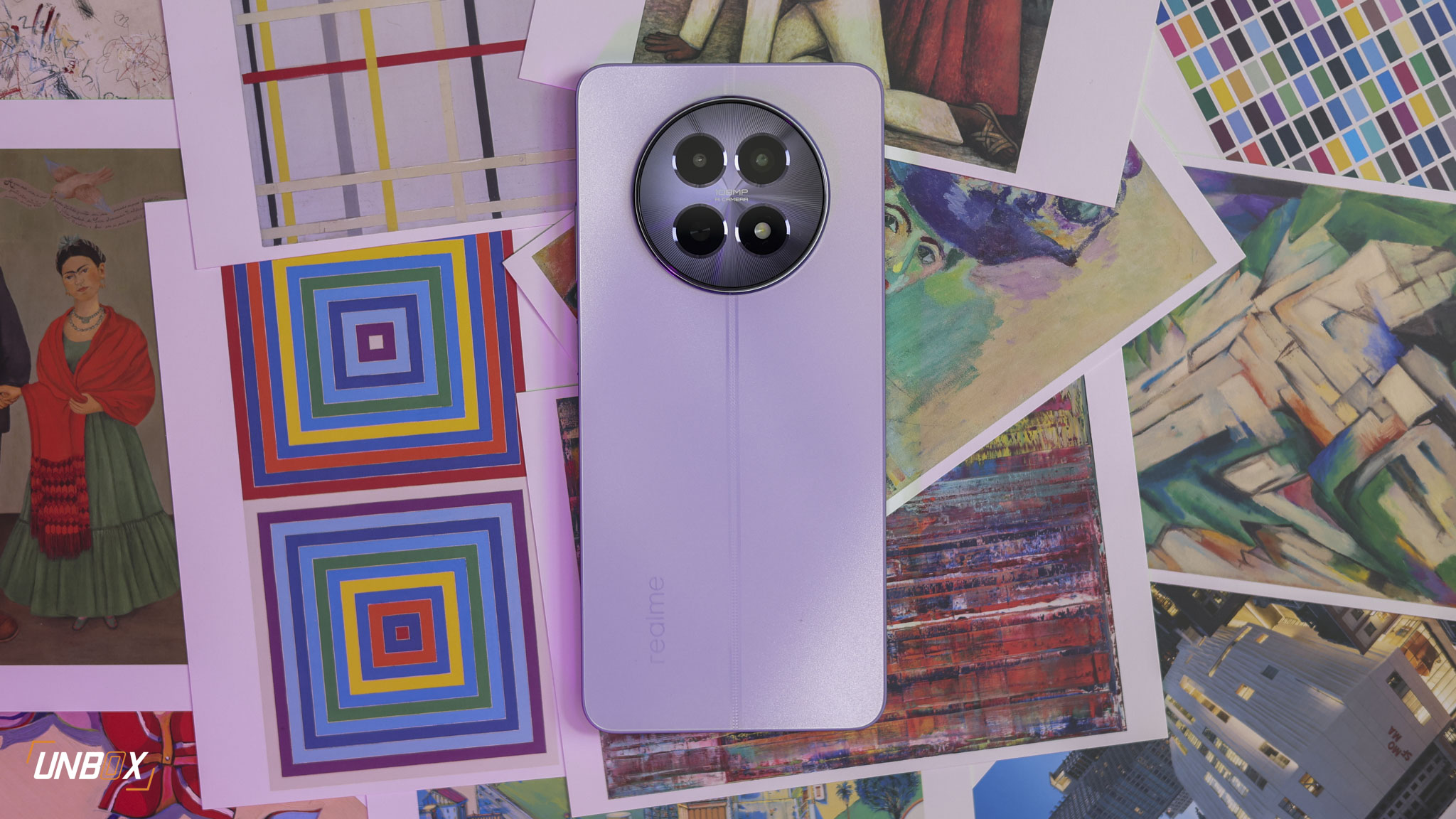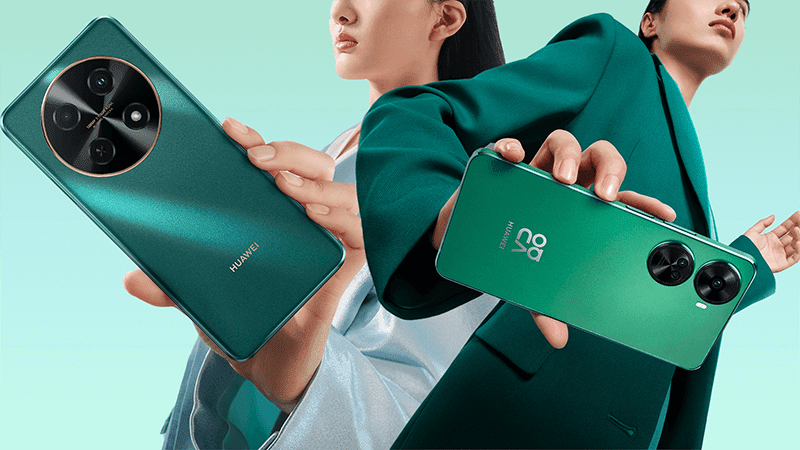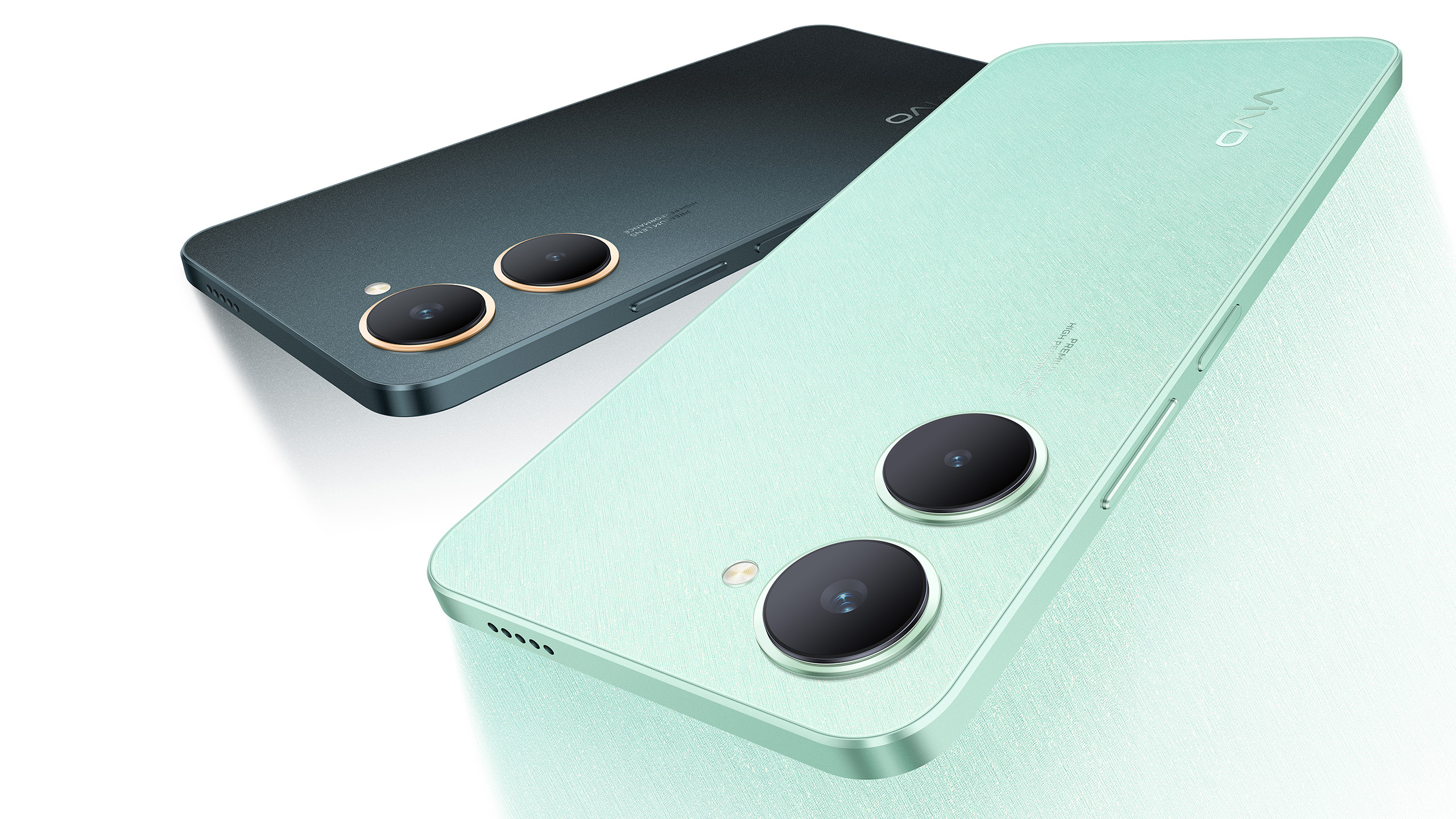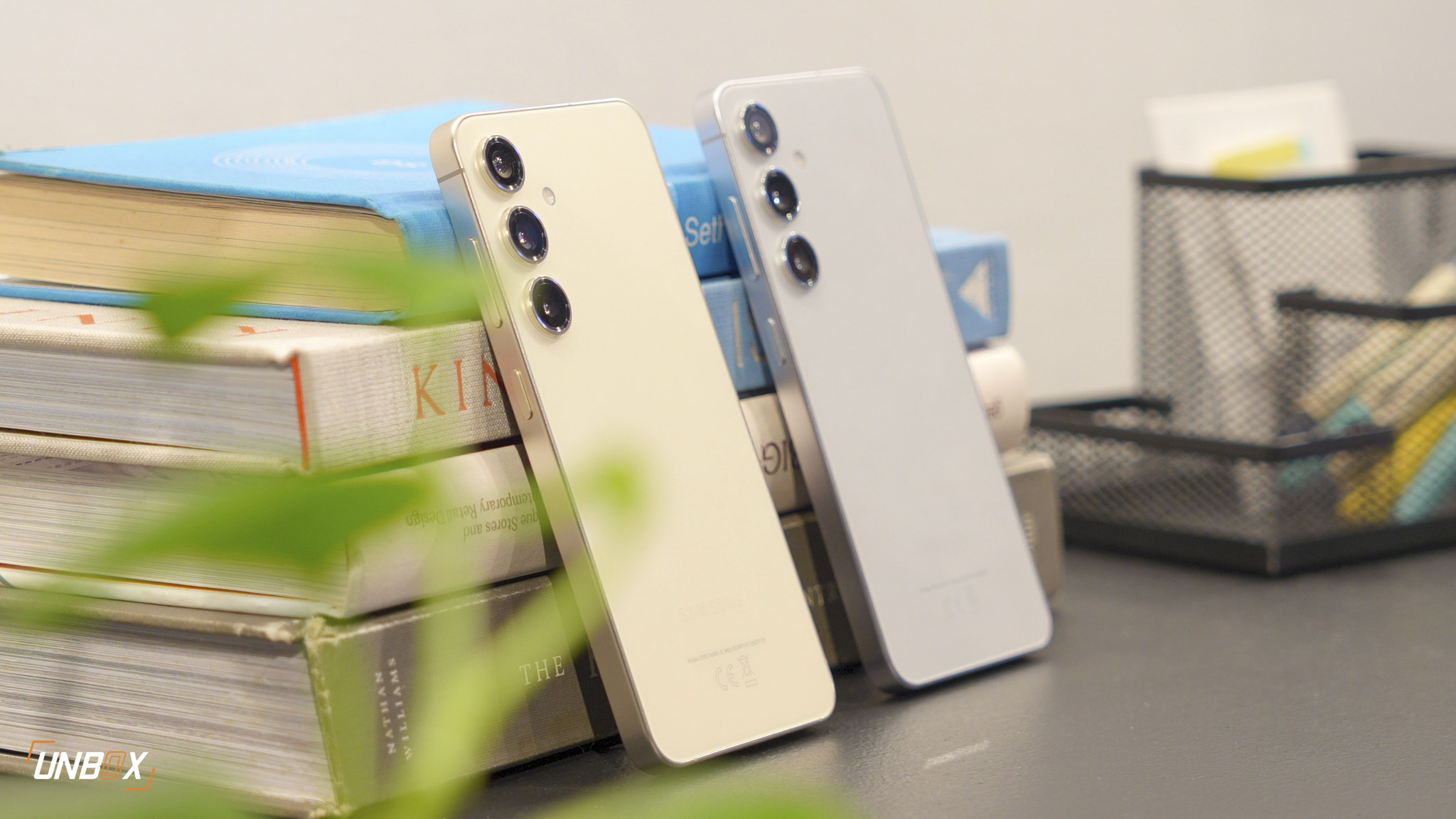We go hands-on with the LG V30!
We’re still in Berlin, Germany to cover IFA 2017, and we finally managed to get our hands on LG’s latest flagship phone, the V30. While the G6 was a fine phone on its own, Qualcomm’s exclusivity deal with Samsung meant that their latest flagship shipped with last year’s silicon.
The V30 is, for all intents and purposes, is LG’s first flagship that can go toe-to-toe with the flagship offerings of other manufacturers this year. Equipped with an improved dual-camera, bigger OLED FullVision display and finally, Qualcomm’s top-of-the-line Snapdragon 835 processor, the V30 is ready to take on all comers, and win.
LG V30 Specs:
- Qualcomm Snapdragon 835 processor
- 4GB LPDDR4 RAM
- 6.0-inch 18:9 QuadHD+ OLED FullVision Display (2880 x 1440 / 538ppi) with Corning Gorilla Glass 5
- 64GB UFS 2.0 internal storage (128GB for the V30+), expandable up to 2TB via microSD
- Standard 16-megapixel, f/1.6 and wide-angle 13-megapixel, f/1.9 rear cameras
- Wide-angle 5-megapixel, f/1.9 front camera
- 4G LTE
- WiFi, Bluetooth 5.0, A-GPS, GLONASS
- USB Type-C port, Fingerprint sensor, Voice and Face Recognition
- 32-bit Advanced Hi-Fi Quad DAC
- Android 7.1.2 Nougat (LG UX 6.0 UI)
- 3300mAh Li-Ion battery, with Quick Charge 3.0, wireless charging support

Initial impressions: Stunning design that almost makes up for the G5
While LG makes some fine phones, the stuff that they make won’t exactly stop you in your tracks. The V30 is different – LG’s taken a lot of the things that made the G6 work design-wise and stuffed it in a nicer-looking body. You really have to see the blue colored variant that we handled at the show floor yourself to truly appreciate how amazing the phone looks in person.

LG’s employed the same tricks that they used on the G6 to make V30 viable to use one-handed: a curved metal frame and rounded sides does wonders for the phone’s ergonomics, though the result is that the phone looks a little like the offerings of their main rival. The phone is IP68 rated as well, which means you won’t have to worry about it dying when it comes to contact with water.

On the rear you’ll see the dual cameras that have defined LG’s high-end efforts in the past few years, and predictably the Korean company has upgraded them for better photos: the primary shooter gets a 16-megapixel sensor paired with an f/1.6 aperture lens, while the secondary wide angle camera is a 13-megapixel unit, paired with an f/1.9 aperture lens.
See Also: LG Does Away with Gimmicks with the LG V30

LG’s made sure that the cameras on the V30 is able to take in the most amount of light, thanks to the f/1.6 aperture lens. That should mean better photos in low light conditions compared to the competition. The phone’s secondary wide-angle rear camera is no slouch either, thanks to its f/1.9 aperture lens. The short story is that the V30 should be able to take pretty awesome photos under less than ideal lighting, at least, on paper.
The V30 also continues the tradition of including software that aimed at people who create video content with their phone. Cine Video is an app that allows anyone to produce videos like a professional, with an intuitive and easy to learn point-and-click interface. With the ability to shoot in 4K paired with the low-aperture lenses, the V30 gives mobile videographers an excellent tool to work with if they’re willing to put in time.

One of the defining features of the V series of devices was its secondary screen that allowed users to quickly access information that they needed at a glance, at least in theory. In practice it wasn’t that useful, and LG has gone ahead and axed that particular gimmick to make way for their gorgeous-looking, P-OLED panel, stretching in at 6-inches. LG’s 18:9 aspect ratio is still present here, with the accompanying skinny bezels on all sides of the phone.

The P-OLED panel uses roughly the same tech as Samsung’s Super AMOLED panel, and is capable of producing deep blacks and vibrant colors. The display does run into the same issues that plagues any phone that uses that weird aspect ratio, namely problems with app scaling and cropping video to fit.

The V30 comes equipped with Qualcomm’s Snapdragon 835 processor paired with 4GB of RAM and 64GB of expandable storage. We’re a little disappointed with LG since they didn’t think the phone worthy to be upgraded to at least 6GB of RAM and 128GB of storage. The phone still rocks Android Nougat out of the box, though LG says they’ll be providing Android Oreo as soon as its available for the phone.
Initial Verdict: This Will be LG’s First Breakout Smartphone
No matter how you look at it, from features, build, software, and unique selling points, the LG V30 is a seriously strong contender. You’d think that any Android manufacturer would be hard-pressed to challenge the Samsung Galaxy Note 8, but the LG V30 is definitely up for the challenge.
See Also: Samsung Galaxy Note 8 Hands-on Review
Given the right marketing and pricing, the LG V30 can be LG’s first major breakout flagship.
That’s pretty much it for this quick hands-on, LG has not given any kind of pricing information for the V30 as of yet but we will definitely get our hands on it when it launches in the Philippines so we can give you guys a full review.








